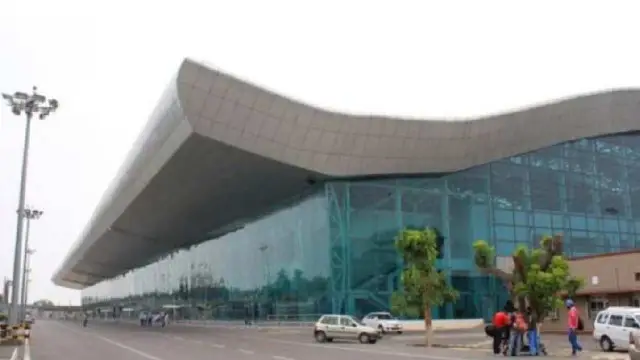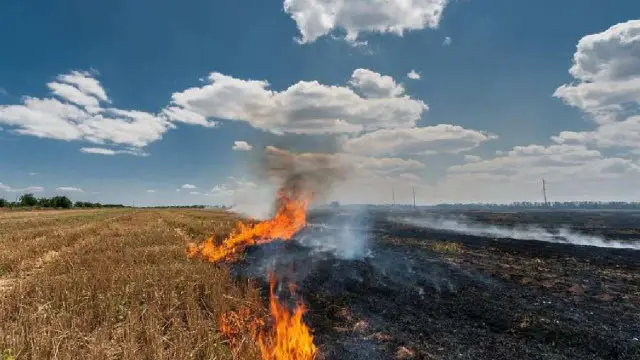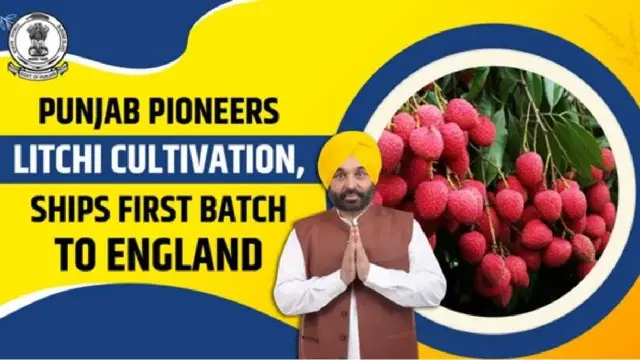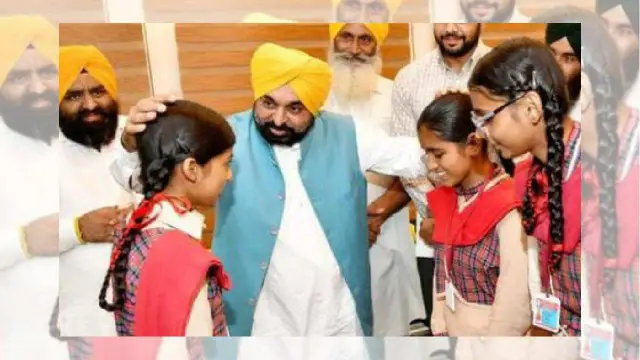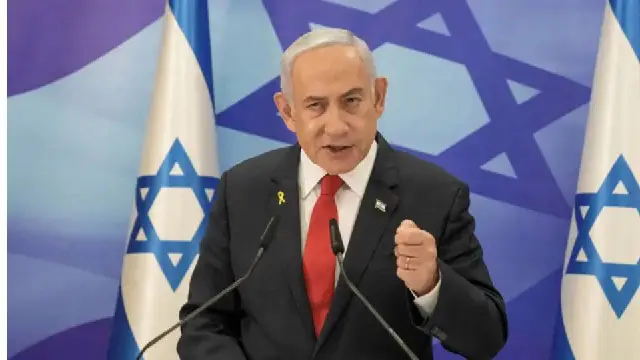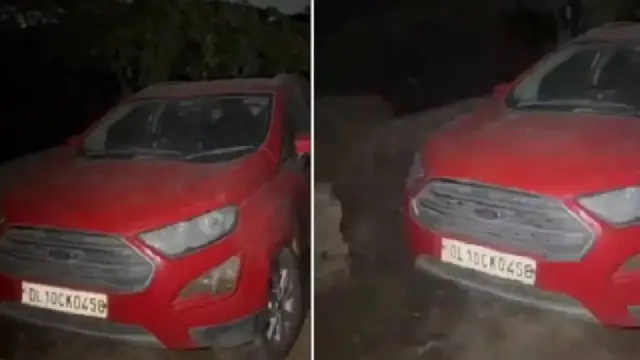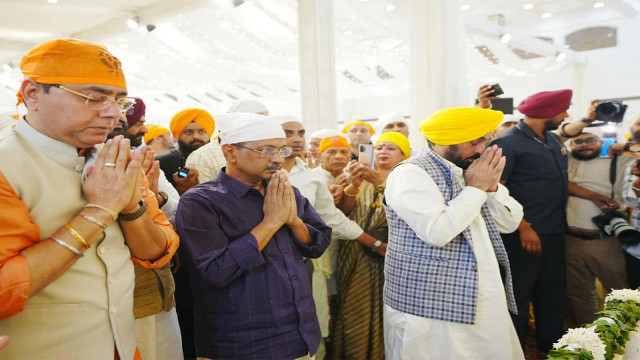Punjab Becomes First State to Bring High-Speed Internet to Every Village Under BharatNet Revolution
Punjab has made history by fully implementing the BharatNet scheme, bringing high-speed internet to every village and connecting farmers, students, and youth to India’s growing digital future.

Punjab has become the first state in India to complete the BharatNet project, ensuring every village has access to high-speed broadband. This achievement came under the leadership of Chief Minister Bhagwant Singh Mann, who called it a “digital revolution for rural Punjab.” Chief Secretary K.A.P. Sinha accepted the award for this national milestone. The state has already laid over 1,000 kilometers of fiber cable—linking towns, villages, and border areas. This marks the start of a new chapter in Punjab’s digital story.
2. Why Is This Project So Important?
In most of India, government schemes stay on paper—but Punjab has turned promises into progress. The internet is no longer a luxury; it’s a lifeline for education, jobs, and health. Through BharatNet, every gram panchayat, every family, and every child will now have online access. This project is not just about connecting cables; it’s about connecting people’s dreams. Punjab’s villages are now entering the same digital world as Delhi or Mumbai.
3. How Will It Transform Farmers’ Lives?
For farmers, this is a major breakthrough. Now, they can check mandi prices, rainfall alerts, and fertilizer rates directly from home. Government schemes like PM-KISAN and MSP updates will be just a click away. Middlemen will no longer control their access to information. Digital access will help farmers make smart decisions, sell their produce at better rates, and save time. The goal is simple—more knowledge, less struggle, and higher income.
4. What Will Change For The Youth?
Punjab’s youth, who once dreamed of jobs abroad, now have new possibilities at home. Online work like content writing, data entry, and digital marketing can now be done from villages. With stable internet, platforms like Upwork and Fiverr will be accessible to everyone. This digital connection can reduce unemployment and stop migration. From Ludhiana to Fazilka, young people can now earn, learn, and grow without leaving their families behind.
5. Can Education Reach Every Child Now?
The scheme will be a big change for rural students. Around 30 lakh children studying in government schools will now be able to attend online classes and access free study material. Lectures from IIT professors, video lessons, and e-learning apps will no longer be dreams—they’ll be daily reality. The internet will become their classroom, helping them compete with students in private city schools. Equal opportunity in education is finally becoming possible.
6. How Will Healthcare Improve?
Health services in remote villages will now go digital. Telemedicine will allow villagers to connect with doctors in Chandigarh or Amritsar through video calls. They can get medical advice, prescriptions, and follow-ups without traveling long distances. This will be life-saving for elderly and poor families. The system will also help hospitals monitor patients and spread awareness about diseases faster. Internet in villages means better health and faster help.
7. What’s Next For Punjab’s Future?
Chief Secretary K.A.P. Sinha said this achievement belongs to every Punjabi. From border village Ramkalwan to towns like Moga and Hoshiarpur, Wi-Fi has reached even the farthest corners. This is not just about technology—it’s about dignity and dreams. For women, it opens doors to online businesses and banking; for children, it means access to learning; and for farmers, freedom from middlemen. With BharatNet, Punjab is proving that real progress begins where connectivity meets courage.





